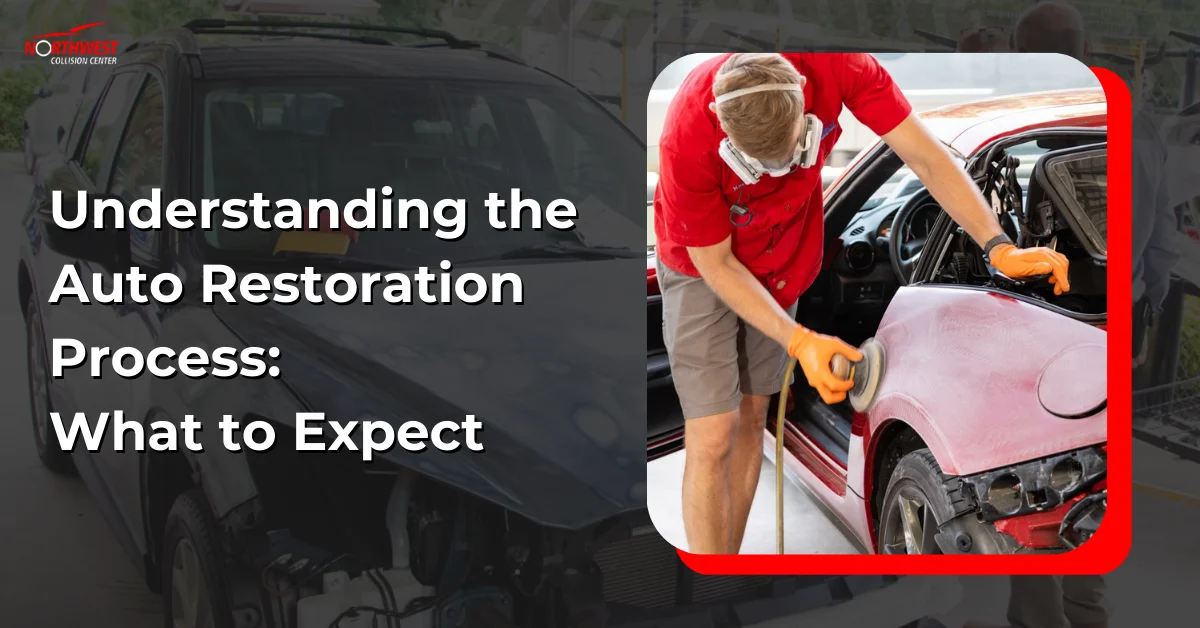The triumvirate of skills you need for safe driving encompasses defensive driving techniques, vehicle control and handling, and maneuvering through complex traffic situations. You must develop an anticipation for potential hazards, understand your vehicle’s capabilities and limitations, and excel in reacting to diverse traffic landscapes. Your awareness in these areas strengthens your driving decisions and control, keeping both you and those on the road around you safer. This only scratches the surface though – continue forward to dive deeper into each of these skills and become a master at road safety!

Key Takeaways
- Defensive driving techniques, including anticipation of hazards and adhering to traffic rules, are crucial for road safety.
- Vehicle control and handling, such as mastering basic operations and understanding vehicle limitations, are essential.
- Navigating complex traffic situations requires attention, quick reflexes, and knowledge of traffic signs and right of way.
- Regular vehicle maintenance checks and staying calm in unexpected situations aid in safe driving.
- Maintaining a safe distance from other vehicles, especially in heavy traffic, is important for accident prevention.
What Is A Driving Skill?
Driving skill is an essential attribute that every road user should possess. It’s more than just knowing how to operate a vehicle; it’s about understanding the rules of the road and being able to steer safely in various conditions.
Your ability to drive safely can impact not just your life, but also the lives of others on the road.
In developing your driving skills, it’s important to focus on key aspects such as awareness, decision-making, and control.
You’ve got to be aware of your surroundings at all times, understanding potential hazards and how to avoid them.
Your decision-making skills come into play in choosing safe speeds, knowing when to overtake, and making split-second choices in emergencies.
Control involves handling your vehicle confidently, whether you’re maneuvering tight parking spots or adverse weather conditions.
Skill #1: Defensive Driving Techniques
To stay safe on the roads, mastering defensive driving techniques is vital. It’s not just about controlling your vehicle but also anticipating potential hazards. By always staying alert and keeping a safe distance from other vehicles, you can respond quickly to changes in the road or traffic conditions.
Defensive driving involves more than simply reacting to others; it also requires you to adapt to weather conditions and traffic flow. If it’s raining, for instance, you’ll need to slow down and increase your following distance.
In heavy traffic, you must remain calm and avoid aggressive maneuvers. You should also make a habit of scanning your surroundings. Don’t just focus on the vehicle in front; keep an eye on the cars behind, next to you, and far ahead.
It’s imperative to anticipate their actions and adjust accordingly. Lastly, obeying traffic rules is a fundamental part of defensive driving. Speed limits, traffic lights, and road signs are there for a reason.
Don’t risk your safety by ignoring them. Remember, defensive driving isn’t about getting to your destination the fastest, but the safest.
Skill #2: Vehicle Control and Handling
While defensive driving is crucial, understanding how to control and handle your vehicle is equally essential. You must know your car inside and out, as well as its capabilities and limitations. This skill is necessary for maintaining safety, particularly in challenging driving conditions.
- Master the Basics: Learn how to steer, brake, and accelerate smoothly. Quick, jerky movements can lead to loss of control. Practice makes perfect, so don’t rush it.
- Understand Your Vehicle’s Capabilities: Each vehicle has unique characteristics. Know how your car responds to different situations. For example, does it understeer or oversteer? How does it perform in wet or icy conditions?
- Perform Regular Maintenance: It’s not enough to just know how to drive your car; you need to keep it in top condition. Regularly check your tires, brakes, and lights.
- Stay Calm and Focused: Even when confronted with an unexpected situation, stay calm. Panic can lead to poor decisions. Always keep your focus on the road and handle your vehicle with confidence.
Skill #3: Navigating Complex Traffic Situations
Maneuvering complex traffic situations often feels like threading a needle. It’s a skill that requires your full attention, quick reflexes, and a clear understanding of traffic rules. Your ability to assess the situation and make the right decision can be the difference between a smooth ride and a potential accident.
You’ll need to monitor the behavior of other drivers and predict their actions. This includes anticipating sudden lane changes or turns, understanding the right of way, and keeping an eye out for pedestrians and cyclists.
You’ve also got to be aware of traffic signs and signals, as well as road conditions. Mastery of this skill also involves understanding how to guide through roundabouts, parking lots, and highway ramps.
It’s not just about knowing the rules, it’s about applying them effectively in real-time, high-pressure situations. In heavy traffic, it’s essential to maintain a safe distance from the vehicle in front of you.
Frequently Asked Questions
What Role Does Car Maintenance Play in Safe Driving?
Regular car maintenance plays an essential role in safe driving. It guarantees your vehicle’s peak performance, reduces the risk of breakdowns, and prevents accidents caused by mechanical failure. Don’t underestimate its importance in keeping you safe on the road.
How Does Having a Well-Maintained Car Contribute to Defensive Driving?
Having a well-maintained car enhances your defensive driving. Good brakes, tires, and lights improve reaction times. They’re essential for avoiding accidents, making your drive safer. Regular check-ups won’t just save your car, they might save lives too.
Can a Cars Aesthetic Condition Impact Its Handling and Control?
Absolutely, your car’s aesthetic condition can impact its handling and control. Dents or misalignments can affect aerodynamics, while worn tires compromise grip. It’s essential to keep your car in top shape for safe driving.
How Can Professional Auto Body Services Improve My Driving Skills?
Professional auto body services can improve your driving skills by ensuring your vehicle’s peak performance. Properly aligned wheels and undamaged body parts can enhance control, making you a safer and more confident driver on the road.
Are There Any Safety Aspects to Consider When Getting My Car Restored After an Accident?
Yes, safety is essential when restoring your car post-accident. Verify the frame’s correctly aligned, brakes are working, and lights are functional. Also, choose professionals like Northwest Collision Center who prioritize safety in their repairs.
Conclusion
You’ve learned the key skills needed for safe driving, but remember, mastery takes practice. Will you apply these skills next time you’re behind the wheel? Will you navigate traffic confidently, handle your vehicle with ease, and employ defensive driving techniques? The road is unpredictable. It’s your call to be prepared. So, buckle up, stay focused, and drive safely. The journey to becoming a stellar, safety-conscious driver awaits you. Are you ready?










